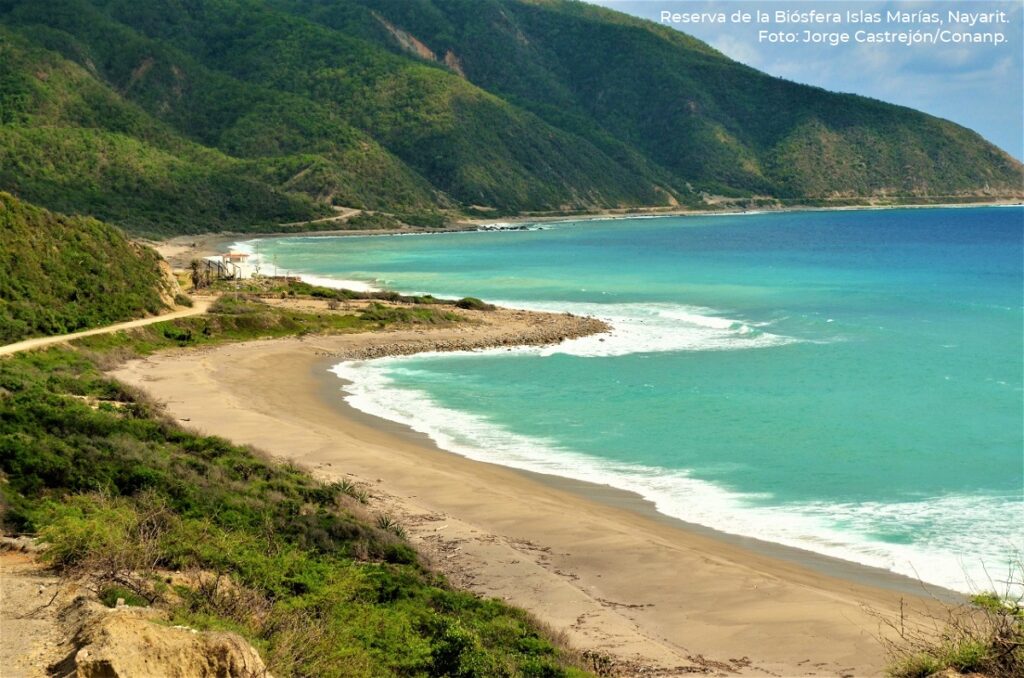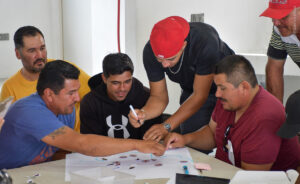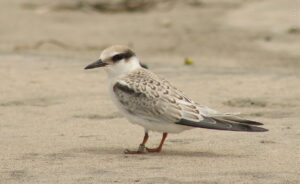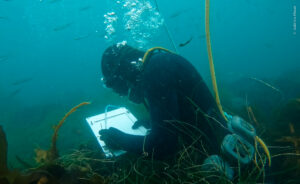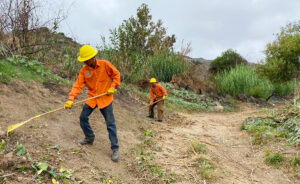Since its splendor during the Porfiriato period at the dawn of the 20th century, Islas Marias were known worldwide as the home of a penitentiary center. This facility operated for more than a century on Maria Madre Island, the largest of the islands that make up the archipelago, located about 120 kilometers from San Blas, Nayarit. In addition to this island of 145.28 km², the archipelago includes Maria Magdalena Island (70.44 km²), Maria Cleofas Island (19.82 km²), and the smallest, San Juanico Island (9.10 km²).
It is a natural area of enormous biological wealth, which was declared a Natural Protected Area (NPA) as a Biosphere Reserve in November 2000. With more than 640,000 hectares, it is one of the 10 largest PNAs in Mexico, making it one of the most important to the country’s ecology. In March 2019, Mexican government disincorporated the penitentiary center of the islands, which definitely changed the area´s status. From this moment on, it is considered a Marine Protected Area (MPA) and their care is now the responsibility of the federal government through the Ministry of Environment and Natural Resources (SEMARNAT).
Several ecosystems are found in the archipelago, such as dry forests in the terrestrial area, as well as mangroves, reefs, coasts and pelagic environments. The islands are home to species endemic to our country, with unique ecological characteristics due to eight million years of geographical isolation.


There are plenty of reasons to consider the conservation of the Islas Marías Biosphere Reserve as essential. San Juanico Island is a breeding area for birds such as the Blue-footed Booby (Sula nebouxii), the Heermann’s Gull (Larus heermanni) and the Brown Pelican (Pelecanus occidentalis), as well as some parrots, including the Yellow-headed Parrot (Amazona oratrix) and the Three Marias Parakeet (Forpus cyanopygius insularis). Cleofas Island, the southernmost island of the archipelago and also the most separated from the rest, lacks sufficient surveillance and is a target of illegal fishing. Some of the vulnerable species on the islands are the Cortez Angel (Pomacanthus zonipectus) and the King Angel (Holacanthus passer), both subject to special protection under Mexican Official Norm NOM-059.
Pronatura Noroeste’s presence in the archipelago dates back to 2014, when our experts participated in the monitoring of birds such as the Yellow-headed Parrot, and also of some commercially important fish, such as snappers and huachinangos (of the Lutjanidae family), as well as sea urchins, sea cucumbers and corals. Since then, we have collaborated in monitoring invertebrates, tropical fish and coral reefs in this natural reserve, with specialized divers who collect and analyze data in the area.
We also monitor the area to prevent and eradicate illegal fishing. In collaboration with Global Conservation, we will place surveillance cameras to detect illegal fishing in the archipelago. Data collected with this technology will be used by authorities for law enforcement, including SEMARNAT, the Secretariat of the Navy (SEMAR), and the National Commission of Natural Protected Areas (CONANP).
It is worth mentioning that in 2018, Hurricane Willa affected the island land in Islas Marias, so CONANP invited Pronatura Noroeste to assess the damage to reefs. Likewise, in 2022 our trained personnel accompanied CONANP in monitoring the state of the reefs of this biosphere reserve after Hurricane Orlene. Our divers, who have the appropriate equipment, professional diving skills and knowledge of marine species, are the most important part of this project. The technology used is known as a quadrant band transect.
As you can see, there is a lot of work to be done in the Islas Marias Biosphere Reserve. We invite you to be part of this fascinating conservation story.

